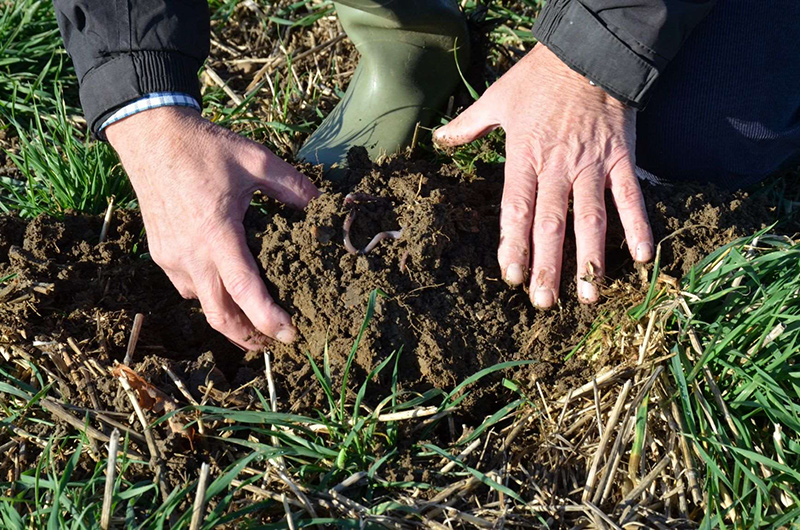
A HISTORY OF SOIL CARE
Since its inception in 2002, the Claydon Opti-Till system has revolutionised soil management practices, initially aimed at reducing establishment costs on the Claydon family farm. Over time, its environmental benefits became evident, contributing to the improvement of soil health and structure. This sustainable approach positively impacts agricultural soil, combating soil degradation and the loss of organic soil.
By prioritising organic farming and embracing ecosystem diversity, Claydon technology empowers farmers to farm sustainably while safeguarding both yield and the environment. It aligns with global recognition of soil health’s importance, aiding farmers in meeting environmental objectives and nurturing biodiversity within cropping systems.
HOW HEALTHY IS YOUR SOIL?
Unhealthy soils lacking natural glues are prone to slaking, blocking pores and causing waterlogging. This degradation can lead to erosion and loss of topsoil, impacting soil health.
Conversely, dry conditions may result in wind erosion, further compromising soil quality. To assess soil health and improve it, UK crop production specialist Hutchinsons conducted a slake test on Claydon farm.
This test evaluates soil function, organic matter, carbon levels, and nutrient content, providing valuable indicators for enhancing soil health. Here’s how it’s done.
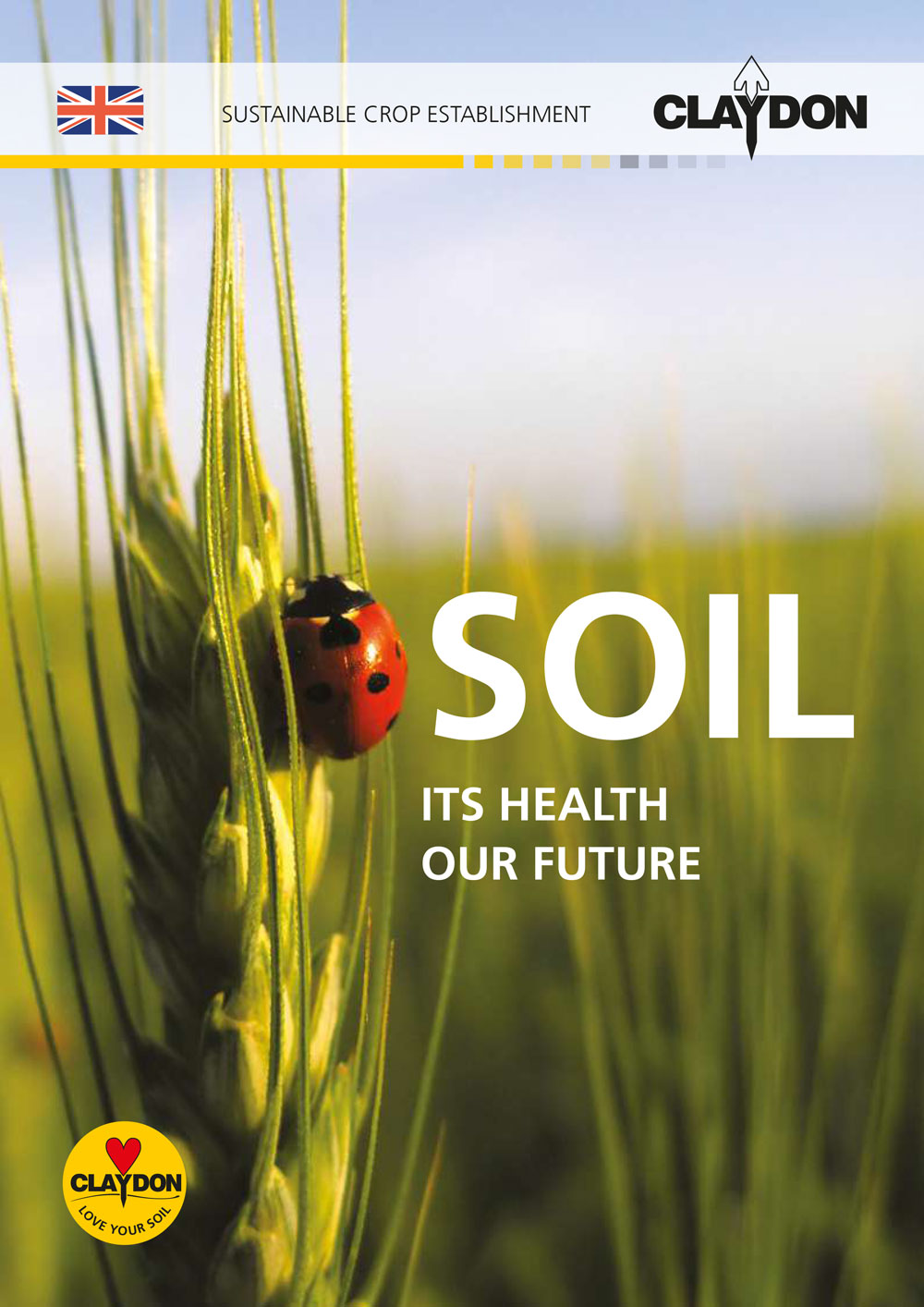
Explore our comprehensive soil health brochure featuring insights from top industry authorities. Dr. Elizabeth Stockdale highlights the significance of good soil structure and methods to enhance it, essential for improving soil health in organic farming and diverse cropping systems. Jerome Vasseur delves into the benefits of cover crops and optimising their performance.
Gordon Brookes offers expertise on selecting the right tires to minimise soil compaction. Additionally, learn from Dick Godwin and Rob Burtonshaw about subsoiling strategies and the advantages of effective drainage, crucial elements in the quest to improve soil health and foster sustainable agricultural practices.

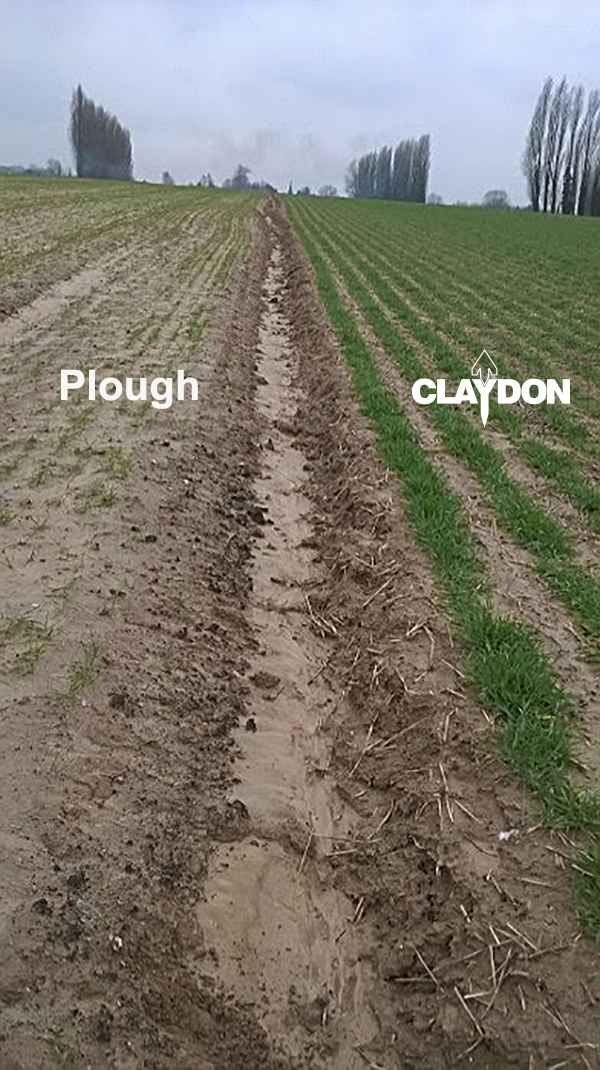
COMPARING ESTABLISHMENT METHODS
Ploughing
Ploughing is expensive – both financially and environmentally. It creates the need for extra cultivation passes and increases fuel consumption. Soil is turned over, releasing moisture and CO2 to the atmosphere. Ploughing depletes organic matter, mineralises nitrogen and harms soil life. Natural soil structure is destroyed and can no longer support the weight of heavy machinery. This can result in compaction and wheelings. Ploughing increases the risk of wind and water erosion.
Min-Till
Instead of inverting soil, min-till involves several shallower cultivations. These also damage the soil’s natural structure and biology and can lead to compaction and waterlogging. Min-till mixes weed seeds throughout the soil profile which allows them to germinate over a long period over many seasons. The weed seed bank is not diminished. Min-till can also dehydrate the soil.

CLAYDON Opti-Till®
The Claydon Drill’s leading tine technology is at the heart of the Opti-Till® system. The leading tine loosens soil – but only where necessary – in the rooting and seeding zone. The bands in between the seeded rows are left undisturbed. The front tine loosens and aerates the soil, creating a friable tilth which is a perfect environment for seedlings to germinate and develop strong, deep roots which tap into the moisture in the undisturbed banks of soil.
The leading tine also breaks up any shallow compaction, reinstating the water and air balance in the soil, providing good drainage so water can get away from the rooting zone. This eliminates ponding through the later autumn and winter period.

Moisture is retained in the unmoved soil for the crop to access. Earthworm populations thrive, their burrows are left intact and old rooting pathways remain. The natural structure of the soil remains intact; capillaries remain unbroken allowing water infiltration and unimpeded rooting, minimising stress throughout the crop’s life cycle. Soil biology flourishes. Claydon soils have an increased capacity to support traffic in the field without risk of compaction. This all contributes to make a healthy soil for a healthy crop.

The Claydon drill’s two tine design and toolbars grade and level fields. Headlands usually suffer some yield loss in conventional cultivation. This is eliminated with the Claydon drill; the leading tine action and the undisturbed banks of soil ensure that crop performance is the same on the edge of the field as it is in the centre of the field.
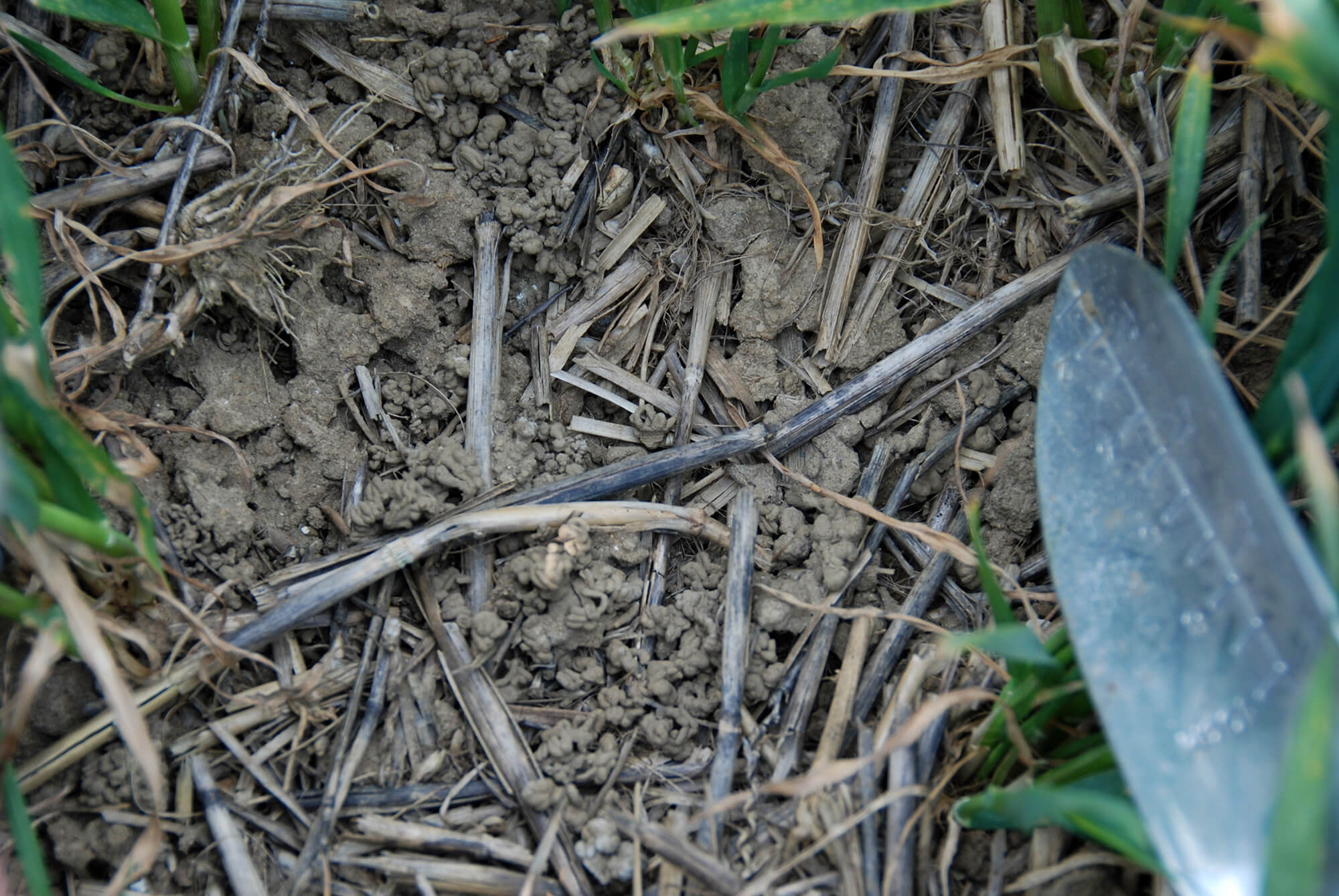
The Claydon drill’s versatility allows it to be used in conventional and min-till establishment after soil consolidation. It was designed as a direct drill however and it is in this scenario where maximum benefit is realised. The crop residue that is left on top locks in moisture and helps protect the crop and the soil from weather extremes. The layer of mulch helps prevent soil blow and water run-off. It is gradually broken down by worms in the soil, increasing the level of organic matter and soil fertility. Worms also aid drainage as their worm burrows act as channels which let water soak away.
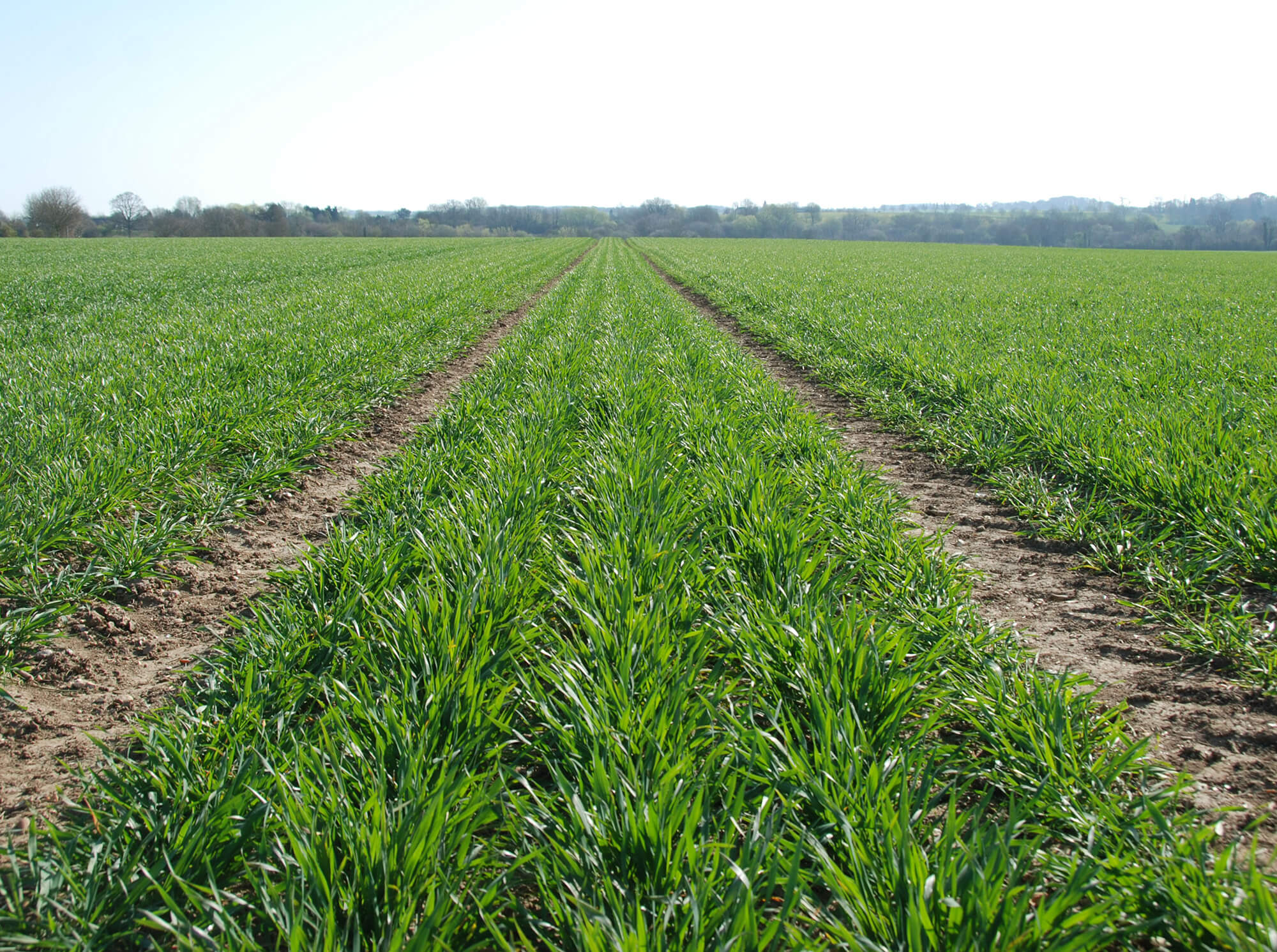
Crops established with the Claydon drill are better at coping with weather extremes, whether high rainfall or drought. This is due to the improvement in soil structure, retaining moisture and organic matter and creating drainage in the rooting area. Claydon crops may suffer a yield downturn during these times of extreme weather, but it has not been to the same extent as conventionally established crops, where yields have dramatically reduced.
Claydon Opti-Till eliminates the need for unnecessary, expensive cultivations. It also reduces cost and time in establishing crops.


